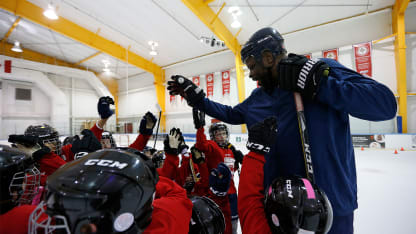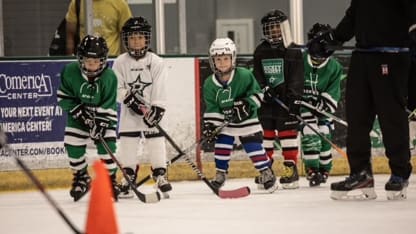Chicago Blackhawks defensemen Seth Jones and Caleb Jones, who are Arlington, Texas, natives, and Calgary Flames forward Blake Coleman, who like Noesen is from Plano, all played in the Stars' youth hockey system. Minnesota Wild forward Brandon Duhaime was born in Coral Springs, Florida, near the Panthers practice facility, and began playing hockey with Ottawa Senators defenseman Jakob Chychrun, a native of Boca Raton, Florida, in South Florida when they were 4 or 5 years old. Forward Gage Quinney, who grew up a Las Vegas rink rat, played three games for the Golden Knights in 2019-20. Hannah Bilka, a forward from Coppell, Texas, played for HC Dallas' Under-13 AAA team, was captain of Boston College's women's team this season and played on the U.S. women's national team that won the 2023 IIHF Women's World Championship in Brampton, Ontario, in April.





